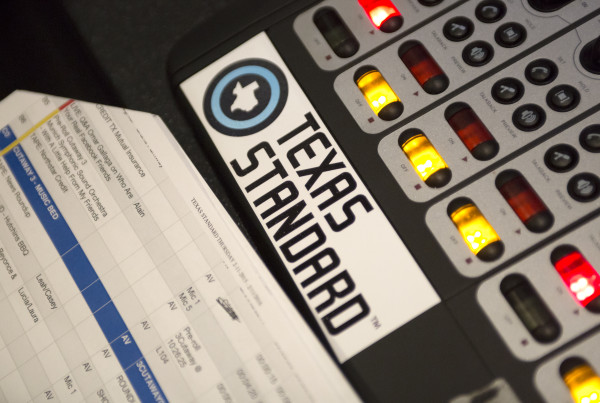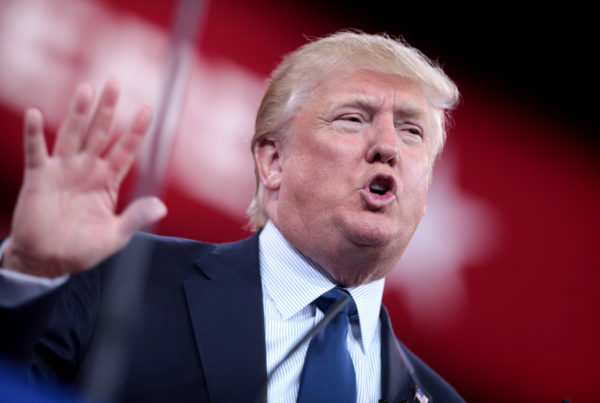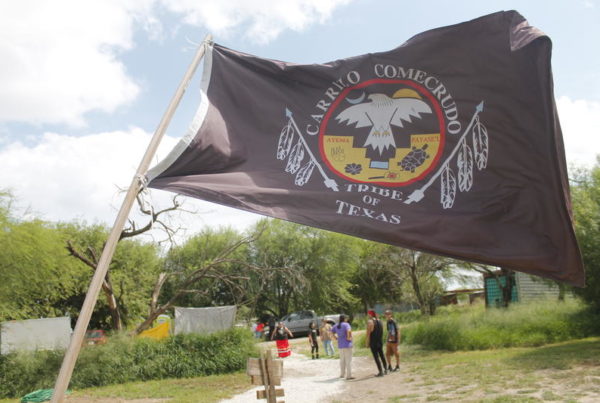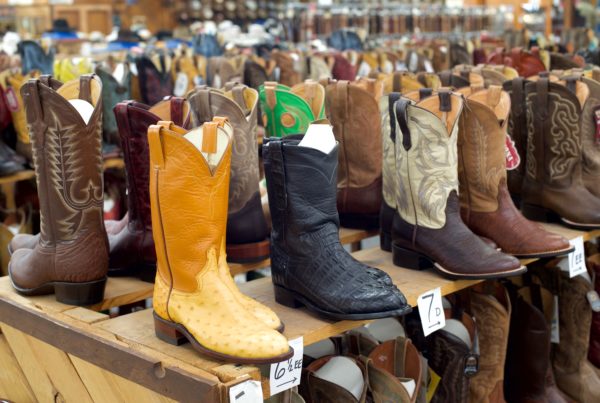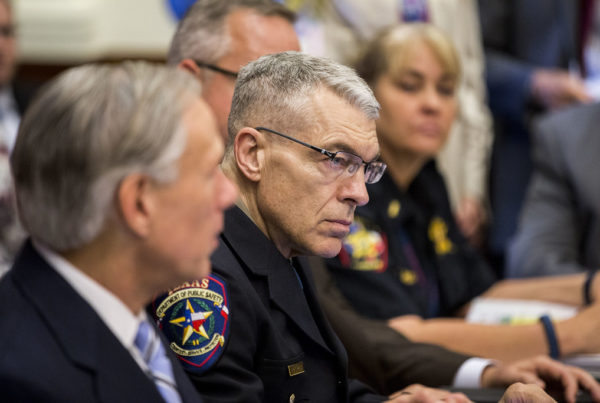For most of his time in office, President Donald Trump has faced one obstacle after another trying to get his border wall built. But he has had some success: recently, the U.S. Supreme Court temporarily, approved the use of defense money to pay for some border fencing west of Texas. And almost 100 miles worth of border-barrier projects are starting in Texas’ Rio Grande Valley.
NPR’s Southwest correspondent, John Burnett, has been investigating the potential impact of border fencing in the Valley. He recently visited Starr County, where the majority of the fencing will be installed.
“Ninety-five miles are planned for all the Rio Grande Valley; 52 of those will bee in Starr County,” Burnett says. “That means that almost the entire county of Starr is gonna be walled off from Mexico.”
Burnett says this will have significant environmental and cultural consequences.
“It’s gonna be a formidable barrier,” he says.
The fencing will be the same as it is in most places along the border: steel-slatted bollard fencing with four inches of space between each slat.
But Burnett says the fencing could exacerbate problems in a flood-prone region. The fencing in Starr will go up in the Rio Grande floodplain, which could disrupt the flow of water down to the river. He says similar problems have already happened in southern Arizona.
“About 10 years ago, they had the monsoons hit; they had bollard wall down there between the U.S. and Mexico. It got caught with debris; the floodwaters came up six feet and poured over and caused a lot of problems north and south of the border,” Burnett says.
He says environmentalists, Mexican water engineers and those in Starr County have told him they’re concerned about the fencing.
One landowner, Nayda Alvarez, has property that borders the Rio Grande. She says floodwaters that would flow down from her land, toward the river, would be interrupted by the fence.
“It’s gonna pick up every branch, every leaf, and all that, and what happens? It’s going to make a dam and the water’s gonna stay on the north side of the wall,” Alvarez said.
And the river has the potential for significant floods. Hurricane Beulah hit the region in the 1960s, and Alvarez told Burnett that her father remembers the river rising by 26 feet.
“This is an area with a history of catastrophic flooding,” Burnett says.
And the fence will likely have a great effect on the culture of the county. Burnett says many families in Starr County have relatives living in towns just across the border.
“This is going to be a profound change in their landscape, and folks are not happy about that,” Burnett says.
A powerful county judge in Starr, Eloy Vera, told Burnett that the whole 52 miles of bollard fencing aren’t needed.
“Maybe 8, 10 miles is all we need. The rest can be done with technology. [It] would save a lot of money,” Vera said.
Burnett says what Vera meant is that he’s okay with some border barrier going up in urban parts of the county, where there’s been an increase in illegal migrant crossings. But not in rural areas.
“Perhaps those are the places where the wall is needed to deflect these illegal crossings into rural areas where the Border Patrol can catch them,” Burnett says of Vera’s rationale. “Just don’t wall off 52 miles of the county – that, for them, is a dramatic solution.”
Written by Caroline Covington.





